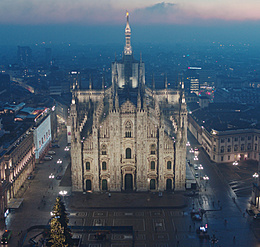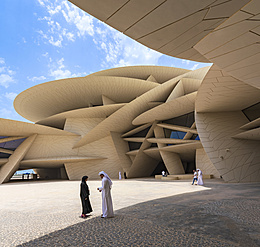With the rise of smart lighting and automation, how do you see the role of designers shifting?
Remember that when I first started, our sources were limited to incandescent, halogen-incandescent, linear fluorescents, and HID lamps for outdoor use only. Of those, only the incandescents and halogens could be easily dimmed. Fluorescents could be dimmed but the dimming ballasts were an expensive option, sometimes doubling the price of the fittings. And the control systems were bulky and complicated. Even multi-location dimming was very difficult at the time. Now LEDs allow us to have everything dim, and if you can use simple 0-10V dimming it’s basically as cheap as switching, without a high cost adder. That’s what allows the much more sophisticated control systems we use today. And because LEDs are inherently low-power, we can take advantage of wireless technology which would have been nearly impossible with standard sources. The push toward automation probably came from outside the lighting world; we didn’t drive IoT, for example. But we have certainly benefitted from the developing technologies.
Back in the Dark Ages when I started, the lighting designers would be hired to layout the RCPs and select the fittings- and sometimes to design custom or modified fittings. We did create a control intent schedule showing our preferred lighting zones, but for the most part we weren’t responsible for the technical side of anything. That was all the responsibility of the electrical engineers. In fact, I remember that from my father’s time up into my own, there was a kind of turf war between the engineers and the designers. The engineers saw us as taking away from their sphere of influence and therefore potentially cutting into their fees. It was until the coming of newer sources (MR-16s: ELV or MLV? CFLs: 2-pin or 4-pin? dimmable or not?) that the fitting specifications became more technical. At a certain point, the electrical engineers ceded ground. It was tremendous amount of work to follow through on the compatibility of the sources and the auxiliary equipment. And when the LEDs arrived, it got even worse for a while. Constant current or constant voltage? What type of driver with what type of light engine and what type of control? Now that we have UNV and tri-phase drivers, a lot of that went away. And on very complex projects, I can hand off the technical design to systems integrators, as we used to do with the electrical engineers.








